The city of Berkeley plans to purchase a Fourth Street parking lot and transfer the property to the nonprofit Sogorea Te’ Land Trust, as part of a recent settlement agreement over the long-contested shellmound site in West Berkeley.

Sign up for our free weekly newsletter and understand everything better!
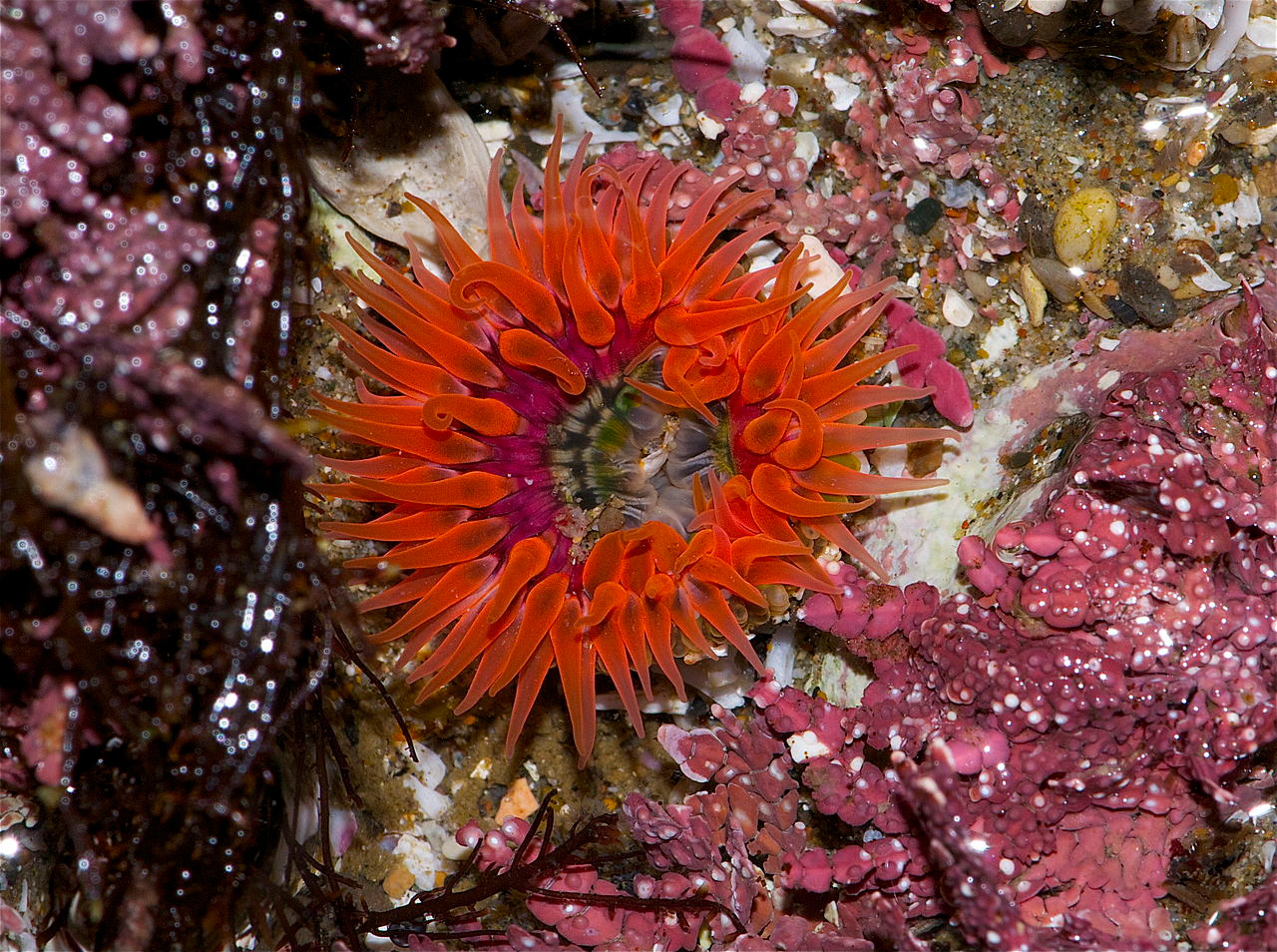

The city of Berkeley plans to purchase a Fourth Street parking lot and transfer the property to the nonprofit Sogorea Te’ Land Trust, as part of a recent settlement agreement over the long-contested shellmound site in West Berkeley.
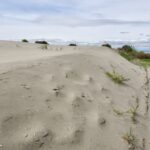
Maybe we can save the Lange’s metalmark. Or maybe there’s a stand-in, waiting in the wings?
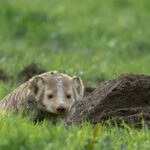
“When I took a closer look through my lens, I saw the mound had fur and a pinkish nose,” writes wildlife photographer Vishal Subramanyan.
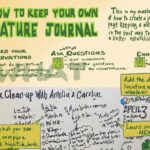
John Muir Laws gets meta.

With Bipartisan Infrastructure Law funding, the Bay’s wetlands are finally getting some precious muck. Why have we been dumping it offshore?
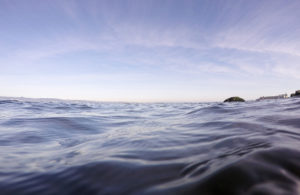
New radio towers are bringing a sea-change in wildlife tracking.

“One of nature’s great powers is to provide the metaphors we seek, and in this issue of Bay Nature, I see healing everywhere,” writes editor-in-chief Victoria Schlesinger.

Bestselling author Amy Tan has filled journals with anecdotes, observations, and drawings of backyard birds.
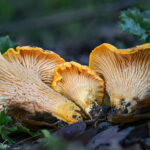
After votes from California mushroom enthusiasts, the bling under the live oaks emerged as the winner.
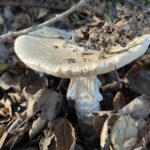
Local mycologists suspect death caps—huge and abundant in the Bay Area—may be competing with chanterelles underground.